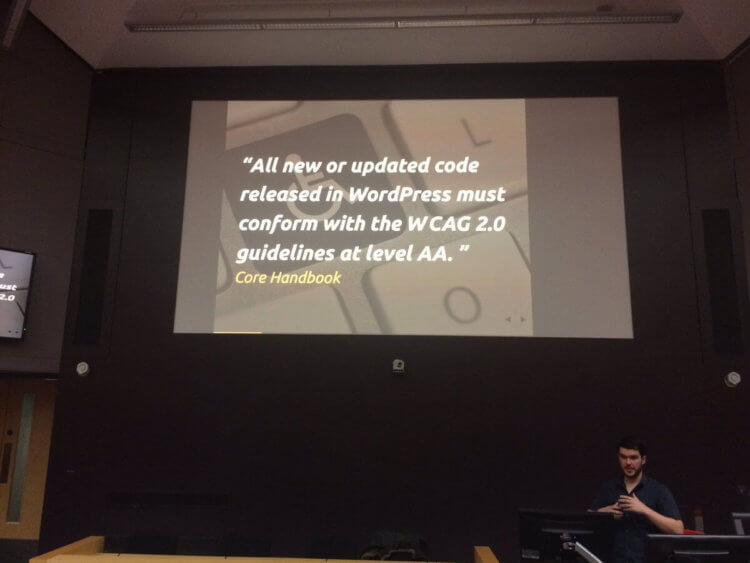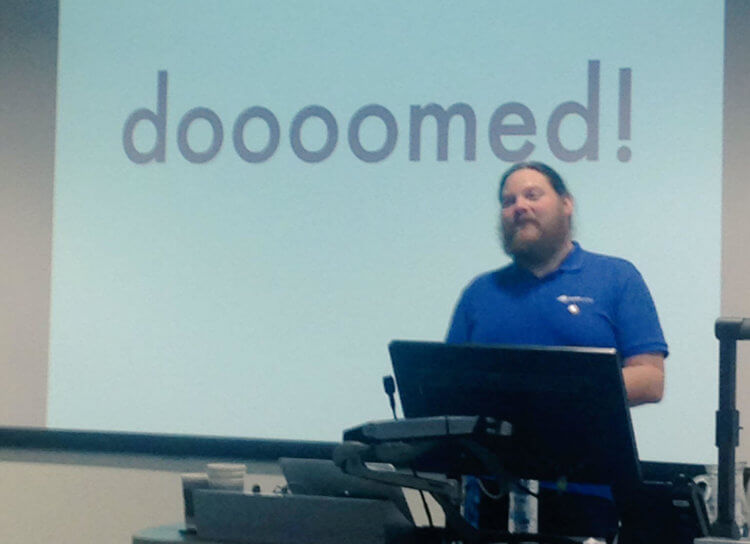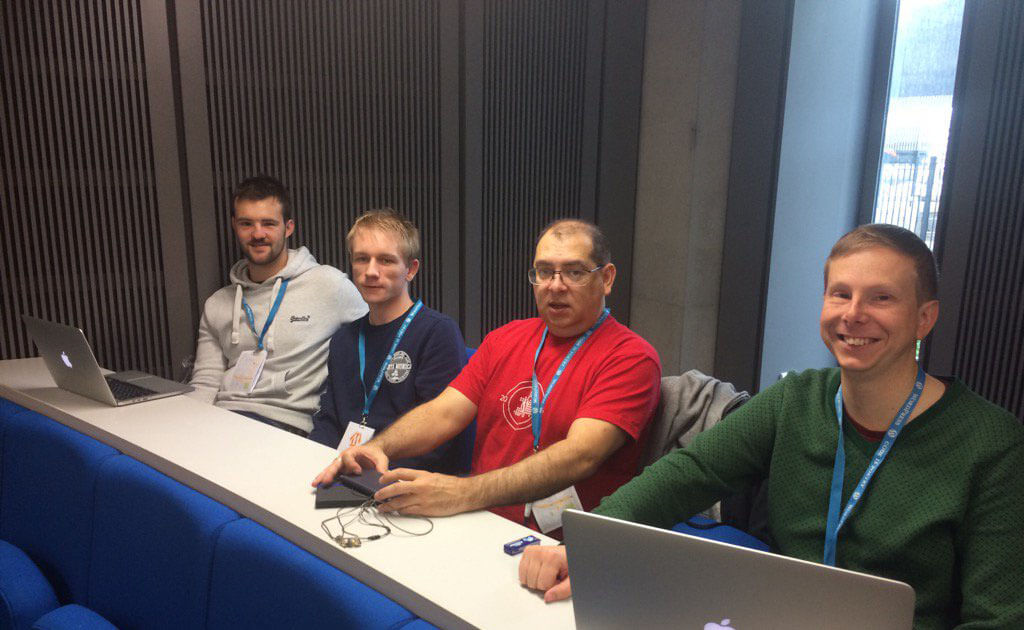The team recently attended WordCamp Manchester 2016, a highly regarded event that drew approximately 200 other developers. It was great to meet and network with other professionals in the field, and we particularly benefited from some new ideas and fresh perspectives that we heard.
Here are a couple of our highlights from the event.
Wordpress Coding Standards
After some much-needed coffee on a chilly morning, speaker Dave Green introduced us to the WordPress Coding Standards.
These standards, available from WordPress and referred to as “WordPress The Right Way,” are designed to help us meet some baseline standards for development. Although these are currently aimed at Core contributors, there is some discussion about rolling out these standards for theme development.
The aims of the Standards are:
1) Reduce stress – when there’s a rule set, you reduce the stress because you have an existing framework to reference.
2) More readable code. The Standards cover naming conventions, spacing, structure, and indentation.
3) No fingerprints – whatever you ship, it looks the same. This means that other developers can more easily and quickly pick up your code.
4) By using a tool during the build process, we can receive warnings about deprecated functions, etc., so that code can last longer without refactoring
5) Faster debugging – this comes with readability and means faster scanning, making bugs quicker to find and easier to remove.
6) Avoid pesky bugs (for example, using Yoda conditions) to avoid evaluating a variable when it is omitted, which evaluates to truthy, and gives no warning.
7) Better inline documentation, which in turn encourages more consistent and detailed documentation of your code
8) Encourages more secure code – consistent validation, sanitation and escaping of input & output data
9) Better DB queries- for example, part of the Standards is to avoid using direct DB queries with WPDB in favour of the WordPress API.
10) Make your code easier to maintain – anyone can modify, fix/improve your code
Whilst these are great aims, and some things are valuable to Indigo Tree, we currently follow PSR standards from the PHP Framework Interoperability Group so that our code fits in with the wider PHP developer community.

Above: Dave Green quoting from the Core Handbook on how all new code conforms to the WCAG2.0 level AA standard
Object-Oriented UX
Developer Crispin Read took the stage later in the day to discuss the science of Object-Oriented User Experience (OOUX). He described UX as “planning, measuring, testing, rather than the visual aesthetic. Using Data.” — he advocated an approach that was a lot more about the users’ satisfaction than the clients’. He has a process that takes the Developers’ perspective of making something that works, and the designers, who are more concerned with how it looks.
He said that designers and developers often use UX to inform their perspectives on how an element of a website should work, because “If you haven’t got any data, all you’ve got is an opinion.”
He uses a strategy called “object mapping,” where the goals are documented and objects are defined from these, then designers can know what they are designing, and developers can see why they are developing something.
This approach has intrigued us, and we want to explore ways to apply it internally.
The Internet is Broken
Hilariously entertaining Tim Nash from 34SP described the Internet as a “pet project that has taken off massively”. The internet was never really designed to leave laboratories and has some inherent weaknesses.
We all witnessed this recently when a DDoS attack targeted a DNS server, resulting in a large portion of the internet being unusable for the better part of a day. Tim explained that a DDoS attack occurs when numerous machines simultaneously send a large amount of traffic to a single location. It can quickly overload the servers that it’s targeting.
What’s the best way to mitigate a DDOS attack? Turn your website off. It’ll stop the attack, because there’s nothing to hit. At least the downtime you’ll experience will be on your terms.

Above: Security expert Tim Nash says we’re doomed. I’m sure he doesn’t mean it.
In Conclusion
WordCamp Manchester 2016 was a memorable, instructive, and entertaining weekend for all our team members. It was a great team-building event, and there was something we all took away that helps us become better developers and stay ahead of the curve when it comes to developing for the ever-changing web.
